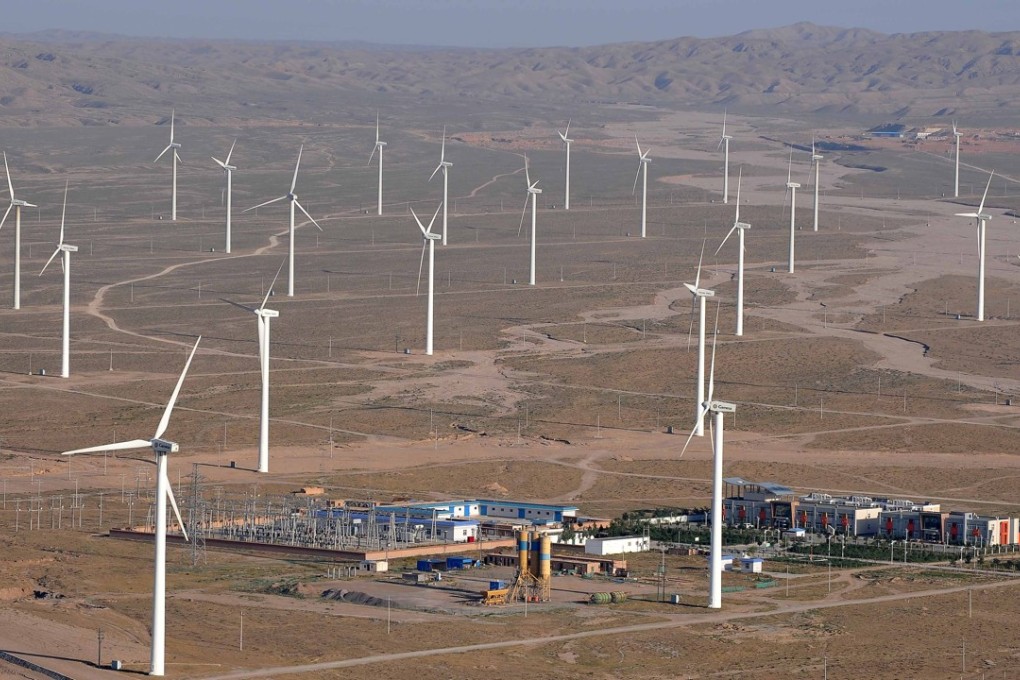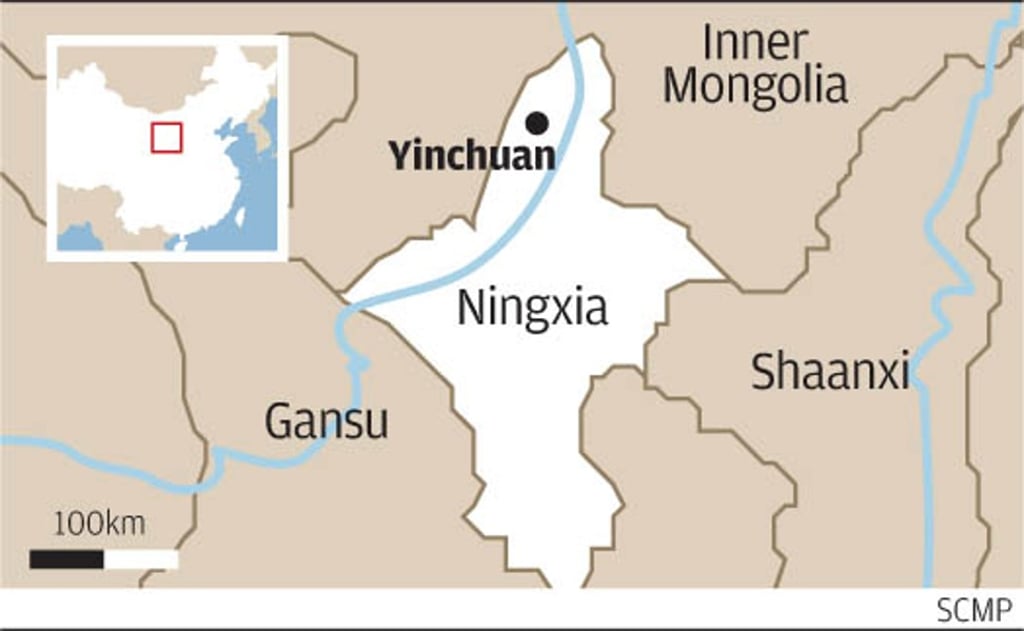New | City on the edge of Gobi Desert is China’s smartest
Lying on the western end of the Great Wall, the capital of Ningxia autonomous region is ZTE’s showcase of a smart city, an industry segment that may grow to US$1.6 trillion by 2020, according to Frost & Sullivan

China may eventually bridge the “last mile” to becoming the world’s largest economy on the back of the hundreds of so-called smart cities now being established across the country.
At the end of March, it was estimated that more than 500 mainland cities, including 95 per cent of provincial capitals and 83 per cent of designated prefecture-level cities, were set to be transformed into smart cities.
The size of this initiative is likely to dwarf any similar undertaking around the world.
Leading this ambitious effort is the city of Yinchuan (銀川), a community of two million people on the western end of the Great Wall of China near the Gobi Desert in Ningxia.

Smart cities are loosely defined are those that have deployed information and communications technologies across various functional public-sector areas, including transport, energy, governance, security and safety, according to research firm and consultancy IHS Markit.
It said the key drivers behind the launch of smart-city projects around the world were increased population growth in urban centres, demand for energy efficiency, intercity competition for investments, municipal cost reductions and efforts to improve citizens’ quality of life.